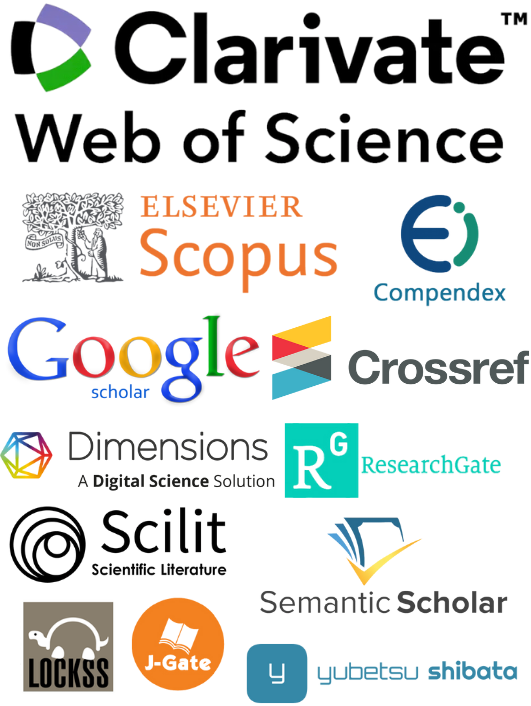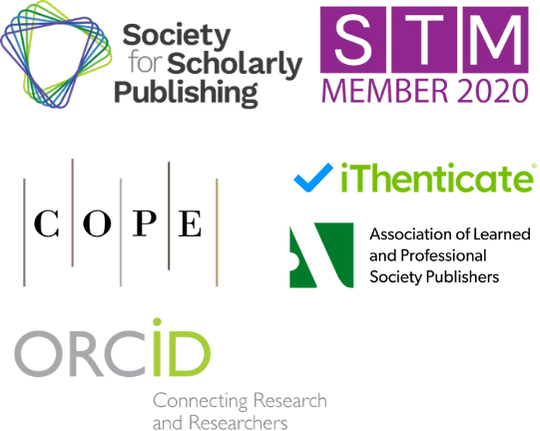Cross-Cultural Adaptation of Ballet Pedagogy in Non-Western Educational Contexts
DOI:
https://doi.org/10.71222/c49as832Keywords:
ballet pedagogy, cross-cultural education, dance adaptation, non-Western contexts, cultural integration, pedagogical transformationAbstract
The globalization of ballet education has necessitated significant adaptations when traditional Western pedagogical approaches are implemented in non-Western educational contexts. This study examines the challenges and opportunities inherent in cross-cultural ballet pedagogy adaptation, focusing on how cultural values, educational philosophies, and institutional frameworks influence the transmission of classical ballet techniques and methodologies. Through comprehensive analysis of contemporary practices across various non-Western regions, this research identifies critical factors that determine successful adaptation strategies. The study reveals that effective cross-cultural ballet pedagogy requires careful consideration of local cultural sensitivities, modification of traditional assessment methods, integration of indigenous movement vocabularies, and development of culturally responsive teaching methodologies. Furthermore, the research demonstrates that successful adaptation programs often employ hybrid pedagogical models that maintain the technical integrity of classical ballet while incorporating culturally relevant elements that resonate with local student populations. The findings suggest that institutional support, teacher training programs, and community engagement are essential components for sustainable cross-cultural ballet education initiatives. This investigation contributes to the broader discourse on cultural adaptation in dance education and provides practical frameworks for educators seeking to implement ballet pedagogy in diverse cultural contexts while preserving both artistic authenticity and cultural sensitivity.
References
1. E. C. Warburton, "Recentering Ballet for Twenty-First-Century Dance Education," Dance Educ. Pract., pp. 2–7, 2024, doi: 10.1080/23734833.2024.2434426.
2. L. Yang, "The Evolution of Ballet Pedagogy: A Study of Traditional and Contemporary Approaches," J. Lit. Arts Res., vol. 2, no. 2, pp. 1–10, 2025, doi: 10.71222/2nw5qw82.
3. P. Markula and J. Frantsi, "Embodied collaborative writing in graduate dance education," Front. Sports Act. Living, vol. 6, 2024, doi: 10.3389/fspor.2024.1330422.
4. Sebastián Gómez-Lozano, N. Zhang, R. Armstrong, Kiko León, C. Kelly-Lahon, and P. Sánchez-González et al., "The Concept of Neuromuscular Repatterning in Dancers: A Systematic Review," Healthcare, vol. 12, no. 3, pp. 402–402, 2024, doi: 10.3390/healthcare12030402.
5. N. Rowe, X. Xiong, and H. Tuomeiciren, "Dancing from policy to pedagogy in China: Transgressions, surveillance and re-sistance from students, teachers and institutional leaders," Policy Futures Educ., vol. 18, no. 8, p. 147821032090780, 2020, doi: 10.1177/1478210320907802.
6. H. Rui, L. Zhang, and Y. Li, "Transforming dance education in China: enhancing sustainable development and cultural preservation," Res. Dance Educ., pp. 1–29, 2025, doi: 10.1080/14647893.2025.2524151.
7. L. Lomba-Portela, S. Domínguez-Lloria, and M. R. Pino-Juste, "Resistances to Educational Change: Teachers' Perceptions," Educ. Sci., vol. 12, no. 5, p. 359, 2022, doi: 10.3390/educsci12050359.
8. K. Intawong, P. Worragin, S. Khanchai, and K. Puritat, "Transformative Metaverse Pedagogy for Intangible Heritage: A Gam-ified Platform for Learning Lanna Dance in Immersive Cultural Education," Educ. Sci., vol. 15, no. 6, p. 736, 2025, doi: 10.3390/educsci15060736.
9. W. Liu, H. Xue, and Z. Y. Wang, "A systematic comparison of intercultural and indigenous cultural dance education from a global perspective (2010–2024)," Front. Psychol., vol. 15, 2024, doi: 10.3389/fpsyg.2024.1493457.
10. J. Li and M. A. Ahmad, "Evolution and trends in online dance instruction: a comprehensive literature analysis," Front. Educ., vol. 10, 2025, doi: 10.3389/feduc.2025.1523766.
Downloads
Published
Issue
Section
License
Copyright (c) 2025 Hiroshi Takeda (Author)

This work is licensed under a Creative Commons Attribution 4.0 International License.


